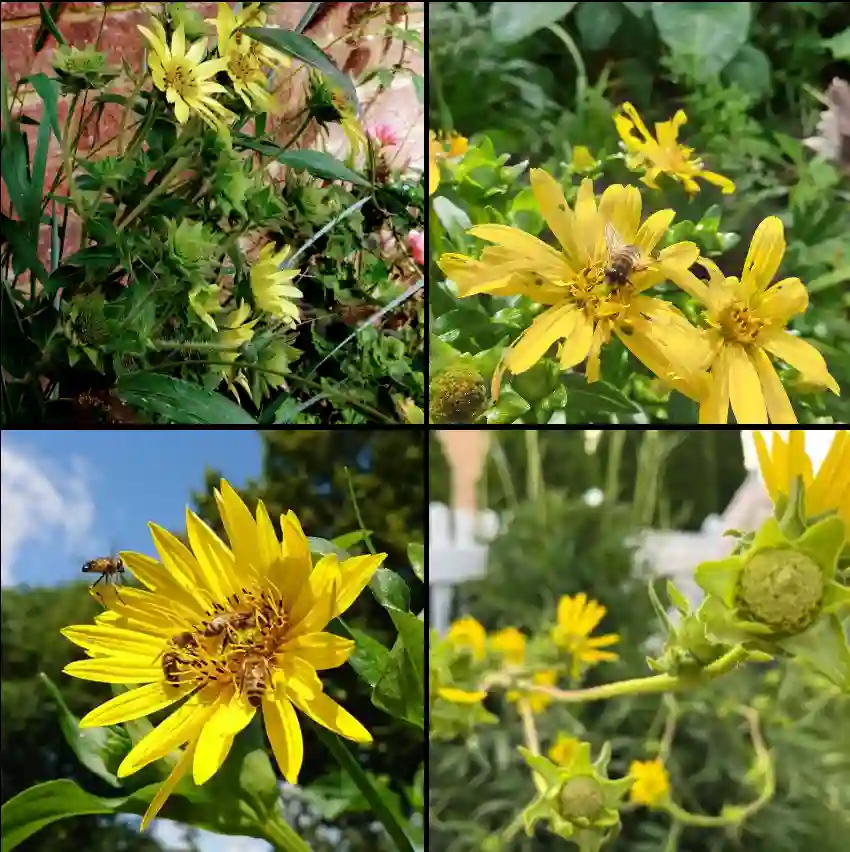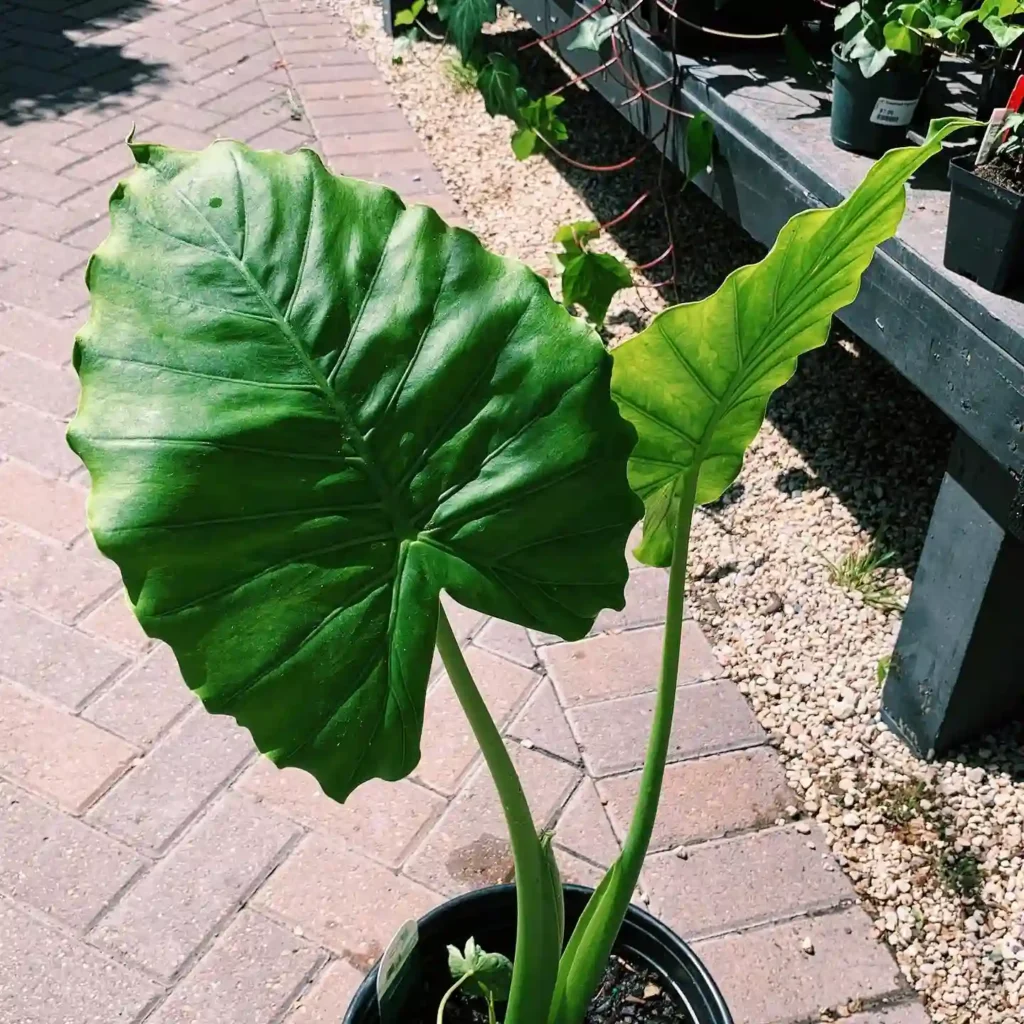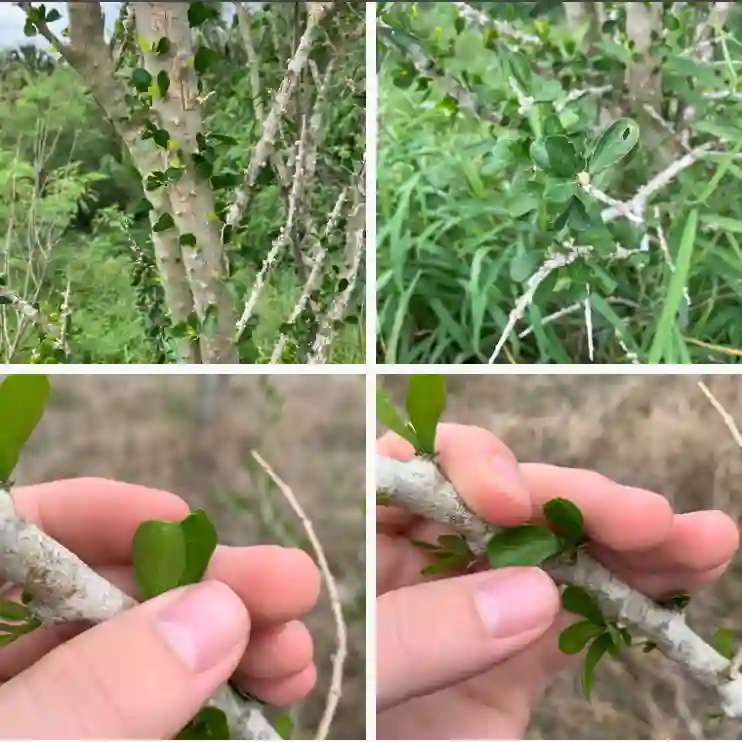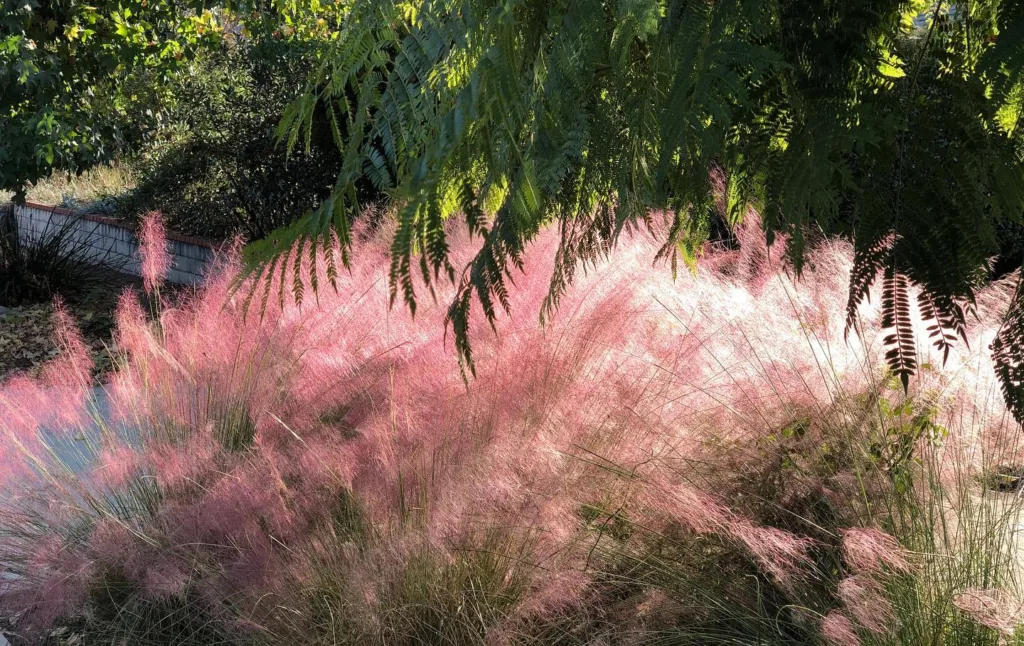FAQs About Cirsium Horridulum
When I first encountered Cirsium Horridulum, I was intrigued by its unique appearance and robust nature. Here’s a comprehensive FAQ guide based on my experience with this fascinating plant.
471 Species in Genus Cirsium
What Is Cirsium Horridulum?
Cirsium Horridulum, commonly known as the Bristly Thistle, is a perennial plant native to North America. It’s characterized by its spiky foliage and vivid purple flowers that bloom in late summer to early fall. This thistle belongs to the Asteraceae family, which includes sunflowers and daisies. Its distinctive appearance and hardy nature make it a noteworthy addition to any garden.
How to Care for Cirsium Horridulum?
Caring for Cirsium Horridulum is relatively straightforward, but there are a few key points to ensure it thrives:
- Sunlight: This plant prefers full sun, so choose a location that receives at least six hours of direct sunlight each day. It can tolerate partial shade, but its growth may be less vigorous.
- Soil: It thrives in well-drained soil. While it can handle a range of soil types, including sandy and loamy soils, make sure the soil is not waterlogged. Adding compost can improve soil fertility and drainage.
- Watering: Regular watering is essential, especially during dry periods. However, avoid overwatering, as this can lead to root rot. Let the soil dry out slightly between waterings.
- Fertilizing: Cirsium Horridulum is not a heavy feeder. A balanced, all-purpose fertilizer applied once in early spring should suffice. Over-fertilization can lead to excessive leaf growth at the expense of flowers.
How to Propagate Cirsium Horridulum?
Propagating Cirsium Horridulum is a simple process that can be done through seeds or division:
- Seeds: Collect seeds from mature plants in late fall. Store them in a cool, dry place until spring. Sow the seeds directly into the soil or start them indoors in pots. Press the seeds lightly into the soil and keep them moist. Germination typically occurs within two to three weeks.
- Division: In early spring or fall, you can divide established clumps to propagate new plants. Carefully dig up the root clump, separate it into smaller sections with a shovel or garden fork, and replant each section in its new location. Ensure each division has a good amount of roots and foliage.
What to Plant With Cirsium Horridulum?
Pairing Cirsium Horridulum with complementary plants can enhance your garden’s visual appeal and biodiversity. Consider these options:
- Echinacea: Also known as coneflower, Echinacea’s vibrant blooms and sturdy structure make it a great companion for Cirsium Horridulum. Both plants attract pollinators and thrive in similar conditions.
- Rudbeckia: Black-eyed Susans, with their bright yellow flowers and contrasting dark centers, create a striking visual contrast with the purple blooms of the Bristly Thistle.
- Ornamental Grasses: Plants like Fountain Grass or Blue Fescue add texture and movement to the garden, providing a nice backdrop to the bold, spiky thistle.
Is Cirsium Horridulum Toxic?
Cirsium Horridulum is not considered toxic to humans or animals. However, its spiky leaves and stems can be irritating if handled without gloves. It’s always a good practice to wear protective gloves when working with thorny plants to avoid any potential skin irritation.
Benefits of Cirsium Horridulum
Cirsium Horridulum offers several benefits:
- Wildlife Attraction: The plant’s purple flowers are a magnet for bees, butterflies, and other pollinators. It plays a valuable role in supporting local ecosystems.
- Soil Erosion Control: Its robust root system helps stabilize soil, making it an excellent choice for erosion control in garden beds and naturalized areas.
- Low Maintenance: Once established, Cirsium Horridulum requires minimal care, making it an ideal plant for low-maintenance gardens.
Common Problems with Cirsium Horridulum
While Cirsium Horridulum is generally hardy, it can face a few issues:
- Invasive Tendencies: In some regions, Cirsium Horridulum can become invasive due to its ability to spread rapidly. Regular monitoring and management are required to prevent it from overtaking other plants.
- Pest Issues: Though rare, the plant may attract pests like aphids or spider mites. Treat infestations promptly with insecticidal soap or neem oil.
Compare with Similar Plants
Cirsium Horridulum is often compared to other thistle species, such as:
- Cirsium Arvense: Known as the Field Thistle, it is similar in appearance but tends to be more aggressive and harder to control in the garden.
- Cirsium Vulgare: Commonly called the Bull Thistle, this plant has larger spines and a more pronounced thistle appearance. It is also known for its invasive nature.
Understanding these differences helps in choosing the right thistle for your garden and managing its growth effectively.
Cirsium Horridulum, with its striking appearance and practical benefits, can be a valuable addition to any garden. By providing the right care and pairing it with compatible plants, you can enjoy its beauty and functionality throughout the growing season.
If i die, water my plants!



